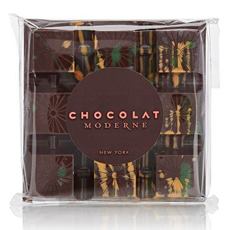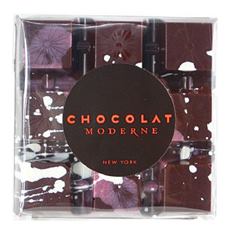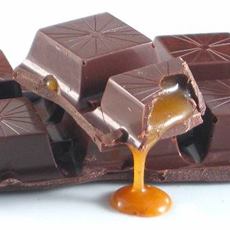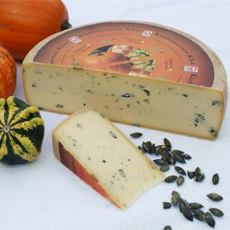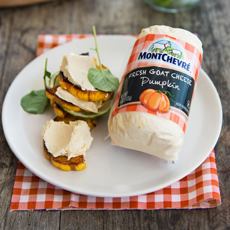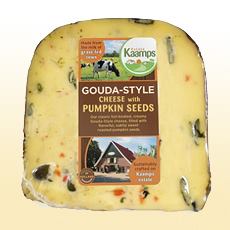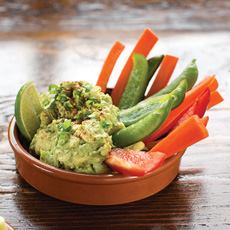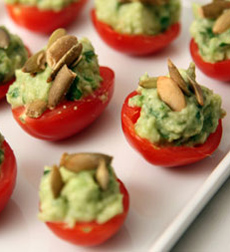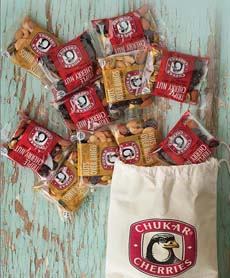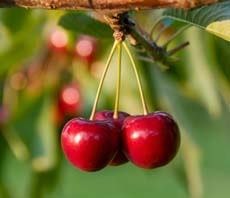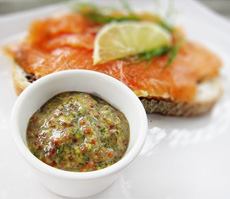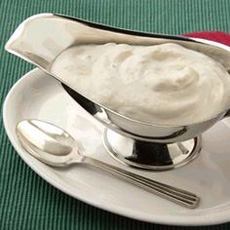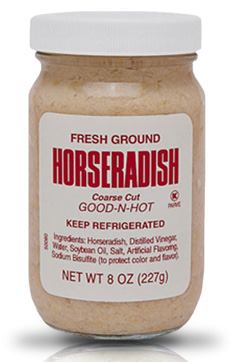|
It’s easy to look at gravlax and think it’s smoked salmon. Both have that bright pink-orange color, both are served in thin slices.
The differences: One is smoked over wood, the other is cured in brine; one requires a smoker, the other is cured in the fridge. Another distinction: Gravlax is always cured with fresh dill. Consider it as dill-cured salmon. Another: Gravlax tends to be more pale in color; but the color of smoked salmon varies and depends on factors from farmed vs. wild to diet of the fish.
Our first introduction to gravlax was in college. Invited to a dinner party, we arrived early to help, and were proudly shown the first course: gravlax. It had been cured for three days in the fridge, under a brick!
It looked like smoked salmon, a favorite of ours; but the taste was so much more delicate. Without the infusion of smoke, a more pure salmon quality came through.
A BRIEF HISTORY OF GRAVLAX
During the Middle Ages, gravlax was made by fishermen, who salted the salmon and lightly fermented it by burying it in the sand on the beach above the high-tide line. The word gravlax comes from the Scandinavian word gräva/grave, to dig; and lax/laks, salmon.
Today fermentation is no longer used in favor of brining. The salmon is “buried” in a dish in the fridge, in a dry marinade of salt, sugar and dill. In three days, it’s cured. That’s it!
Some people like to add grated beets, to color the gravlax red.
Don’t toss the brine produced during curing: Use it to make a sauce for other seafood recipes.
Beyond salmon, you can use this technique to cure any fatty fish, such as arctic char, black cod/sablefish, butterfish/pompano, Chilean sea bass, Florida pompano and mackerel. For an interesting first course that’s full of omega-3 essential fatty acids. Here’s a list of (fatty vs. lean fish.
RECIPE #1: HOMEMADE GRAVLAX
Wild salmon is the most delicious, but you can use any salmon, fresh or frozen, with the skin on (but remove any scales and small bones). If frozen, defrost it first, ideally overnight in the fridge.
If you’re concerned about eating raw fish, freeze the salmon before preparing it. This kills any harmful bacteria.
If you want to take this recipe for a test-drive, halve the ingredients. You can also make two half batches, testing different curing times (12 hours versus 48 hours, e.g.).
Ingredients For 10 Three-Ounce Servings
2 pounds salmon (skin on, defrosted if previously frozen)
1 bunch of dill, roughly chopped
2 cups of brown sugar
Optional: 2-3 raw beets, grated, for a red color (see photo)
1 cup salt
2 tablespoons freshly-ground black pepper
Variation
Some recipes add vodka and citrus zest.
Preparation
1. MAKE a few cuts in the skin so the marinade will better penetrate.
2. MIX all ingredients except the salmon in a bowl until you have a gooey paste. Cover each piece of the salmon’s flesh side (not the skin side) with a thick layer of paste. If using two fillets, sandwich them together, flesh-side to flesh-side, and wrap tightly in plastic wrap to keep out any air.
3. PLACE the salmon on a tray or plate (we used a glass baking dish) and let it marinate for 2-4 hours at room temperature. Then place it in the fridge with a very weight on top of it. If you have a couple of bricks, great: Stick them in plastic bags and use them as weights.
4. CURE for 12-36 hours, depending on how cured a taste you want. Turn the salmon occasionally.
12-24 hours is a light cure that will yield a very fresh tasting gravlax.
48 hours will yield a gravlax with sharper flavor from the seasonings.
Slice off a small piece and taste it. If you want more flavor, rewrap the salmon and put it back in the fridge.
5. TO SERVE, wipe off the extra seasoning, rinse the fillets and pat them dry. Using a sharp knife, slice the gravlax vertically, cut into thin slices without getting too close to the skin. Serve it with your choice of ingredients; see the list below.
RECIPE #2: MUSTARD SAUCE FOR GRAVLAX
You can serve horseradish cream with the gravlax, Swedish mustard sauce, or both.
We adapted this recipe from Sweden.se.
Ingredients
2 tablespoons Dijon mustard
1 tablespoons grainy mustard
2 tablespoons sugar or honey
1½ tablespoons red wine vinegar
Salt and fresh-ground pepper*
1 cup olive or other vegetable oil
Chopped dill
|
|

[1] Turn this salmon fillet into …

[2] gravlax (photo #1 © Seabee Salmon [now closed]; photo #2 © Sweden Sverige).
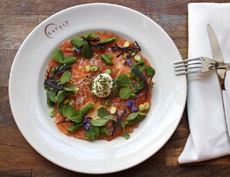
[3] Gravlax can be served plain or fancy, as in this first course from Eataly | Chicago …

[4] … or Gravlax Eggs Benedict (photo courtesy Jarlsberg).

[5] You can serve a simple open- (or closed-) face sandwich, or an elegant presentation like this one from C Chicago [now closed] (photo © C Chicago).

[6] Beet-dyed gravlax with some of its traditional accompaniments (photo © Good Eggs | San Francisco).
|
Preparation
1. MIX the mustard, sugar and vinegar together thoroughly; season with salt and fresh-ground pepper.
2. POUR the oil in a steady, thin stream, stirring constantly. When the sauce reaches a mayonnaise-like consistency, mix in the chopped dill.
________________
*The recipe called for white pepper, a popular ingredient in Swedish cooking but not often used by American home cooks. We used black. Peppercorns are the fruit of a vine, Piper nigrum. White pepper is a conventional peppercorn with the black husk removed. While much of the piperine—the compound that gives pungency to the peppercorn—is in the husk, French chefs of yore chose to remove it to avoid black specks in pure white dishes like white sauces and puréed potatoes. Frankly, we like the specks and the extra flavor from the husk, and use black peppercorns universally. Here are the different types of pepper, including pink peppercorns, green peppercorns and dozens of others, none of which is Piper nigrum.
|
